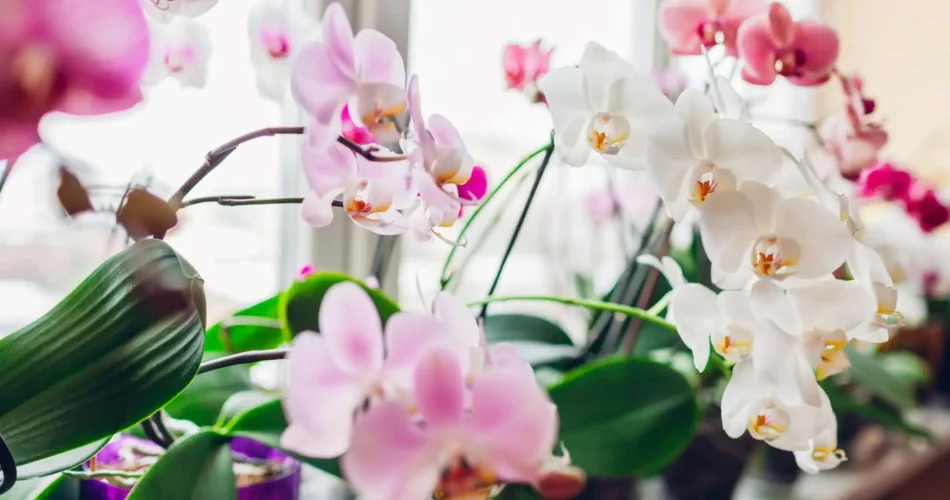The Secret to Year-Round Orchid Blooms Finally Uncovered!
Orchids are cherished for their elegant, delicate blooms that add beauty to any space. Yet, many plant enthusiasts wonder: can orchids really bloom all year? Surprisingly, there’s a simple trick that can turn a periodic bloomer into a year-round stunner. With the right technique, you can enjoy the magic of orchids in bloom every month of the year.
Understanding the Orchid’s Natural Cycle
Before diving into this ultimate trick, it’s helpful to understand the orchid’s natural rhythm. Like all plants, orchids alternate between flowering and resting periods, which allow them to gather energy for future blooms. While these rest phases are essential, they can be shortened with careful adjustments to their environment, promoting a cycle of continual flowering.
The Ultimate Blooming Secret: Light and Temperature Control
The secret to year-round orchid blooms lies in managing light and temperature. This combination, when handled just right, can make a world of difference in coaxing your orchids into continuous flowering.
1. Provide the Perfect Light Conditions
Orchids are tropical plants that thrive in bright, indirect light. Too much direct sunlight can burn their leaves, while too little light can hinder blooming. The ideal spot? An east or west-facing window, where they’ll receive ample but gentle light. In winter, when natural light is sparse, consider using a grow light to support growth and sustain blooming.
2. Use Temperature Variations to Your Advantage
Temperature changes are key, especially for popular types like Phalaenopsis orchids. A slight drop in nighttime temperature—about 5°C cooler than daytime—can encourage the plant to produce new flower spikes. Try moving your orchid to a cooler room at night or near an open window. This small shift often triggers fresh blooms.
Maintenance Tips for Consistent Blooms
In addition to light and temperature adjustments, here are some tips to keep your orchid healthy and bloom-ready all year:
- Master the Art of Watering: Orchids are sensitive to overwatering. Wait until the roots are slightly dry before watering, about once a week. Avoid letting roots sit in standing water, as it’s a common mistake that leads to root rot.
- Use Specialized Fertilizer: Orchids benefit from a specific orchid fertilizer to support flowering. A monthly dose during the active growth phase (spring and summer) is ideal.
- Maintain Humidity: Orchids prefer high humidity. Lightly mist the plant or place a tray of water and pebbles nearby to create a more humid environment.
- Prune Carefully: After flowering, avoid cutting the entire flower spike if it’s still green. Trim just above a node to encourage new blooms from the same stem.
These consistent actions support the plant’s overall health and prepare it for ongoing blooms.
Allow for Brief Rest Periods
While light and temperature management can stimulate year-round blooming, occasional rest periods are natural. Typically lasting a few weeks, these rest phases allow the orchid to recharge. During these times, reduce watering and pause fertilizer applications. Once the orchid shows signs of new growth, you can resume regular care to encourage the next bloom cycle.
Year-Round Orchid Blooms Are Achievable
To summarize, the key to continuous orchid blooms is carefully managing light and temperature, providing indirect light, and keeping temperatures slightly cooler at night. Coupled with proper maintenance, these adjustments can reduce dormancy and inspire repeat flowering.
So why settle for just one bloom a year? With this method, you can enjoy the exquisite beauty of orchids brightening your home every season.
